-
Astronomers: From Copernicus to Crisp
Connie Jankowski
Library Binding (Compass Point Books, Sept. 1, 2008)In the past, some people believed Earth was the center of the universe. Others believed that the planets had magical powers. Most believed Earth was flat. Scientists called astronomers built telescopes and observatories to study outer space. Because of these early astronomers and their work, we now know more about the sun, the stars, the planets, and the galaxies. For more information, read Outer Space, another book in the Mission: Science series.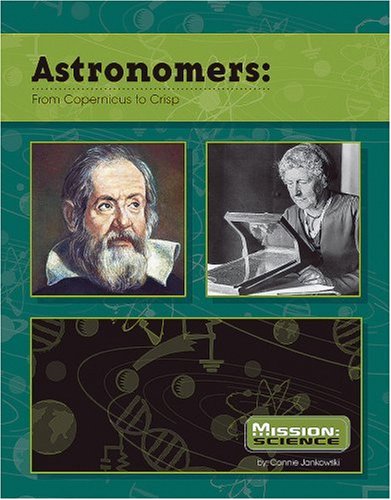 V
V
-
Geologists: From Pythias to Stock
William Rice
Library Binding (Compass Point Books, Sept. 1, 2008)People have been interested in Earth for nearly as long as they've lived on it. Early scientists wanted to find out how old Earth was, how land formations were made, and what they were made of. Others were interested in fossils, rocks, and minerals. These studies helped teach people what Earth looked like millions of years ago, and what it might look like in the future. For more information on geology and geologists, read Rocks and Minerals, another book in the Mission: Science series. W
W
-
Great African-American Lawyers: Raising the Bar of Freedom
Carole Boston Weatherford
Library Binding (Enslow Pub Inc, Jan. 1, 2003)Ten biographies of African American lawyers, including Charles Hamilton Houston, William Henry Hastie, Thurgood Marshall, Constance Baker Motley, Benjamin Lawson Hooks, L. Douglas Wilder, Barbara Jordan, Johnnie Cochran, Marian Wright Edelman, and Carol Moseley-Braun.Ten biographies of African American lawyers, including Charles Hamilton Houston, William Henry Hastie, Thurgood Marshall, Constance Baker Motley, Johnnie Cochran, Marian Wright Edelman, and Carol Moseley-Braun.
-
Weather Scientists
Debra J. Housel, Robin S. Doak
Library Binding (Compass Point Books, Jan. 1, 2010)Long ago, people believed that the gods made the weather. Gods were responsible for the sun shining, the wind blowing, and the rain falling. Until the mid 1500s, most people had little or no understanding of how the weather worked. Galileo Galilei built the first thermometer in the early 1600s. Later inventors later created ways to measure and record the temperature more accurately. Today weather scientists called meteorologists study and report the weather. For more information on weather, read Investigating Storms, another book in the Mission: Science series. Q
Q
-
Pioneers in Cell Biology
Elizabeth R Cregan
Library Binding (Compass Point Books, Jan. 1, 2010)Cells are very small but very important parts of all plants and animals. After simple microscopes were invented, scientists discovered cells and began studying them. Cell biologists today use powerful electron microscopes to learn even more about cells. For more information on cells and how they reproduce, read All About Mitosis and Meiosis, another book in the Mission: Science series.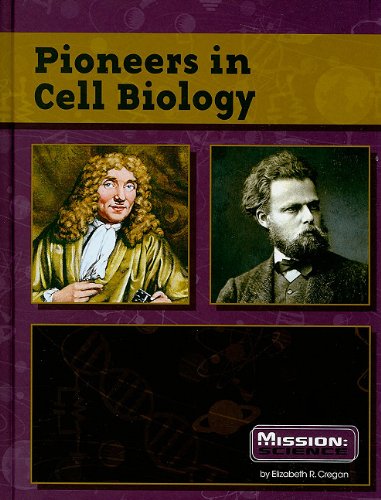 Y
Y
-
Water Scientists
William Rice
Library Binding (Compass Point Books, Jan. 1, 2010)Water is the most important resource on Earth. We drink it, wash with it, clean with it, and even study it. Without water, nothing could exist. Scientists who study water are called hydrologists. They make sure our water is clean and safe, design systems to move and collect water, and know where to find fresh sources of water. For more information on water, read Inside the Water Cycle, another book in the Mission: Science series. T
T
-
Ecologists: From Woodward to Miranda
Debra J. Housel
Library Binding (Compass Point Books, Jan. 1, 2009)Housel, Debra J.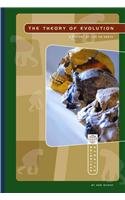 W
W
-
Pioneers of Light and Sound
Connie Jankowski
Library Binding (Compass Point Books, Jan. 1, 2010)Light and sound have been studied for a long time. With that knowledge, people have created such important things as telescopes, microscopes, cameras, telephones, radio, television, tape recorders, lasers, compact discs, and MP3 players. For more information on light and sound, read All About Light and Sound, another book in the Mission: Science series.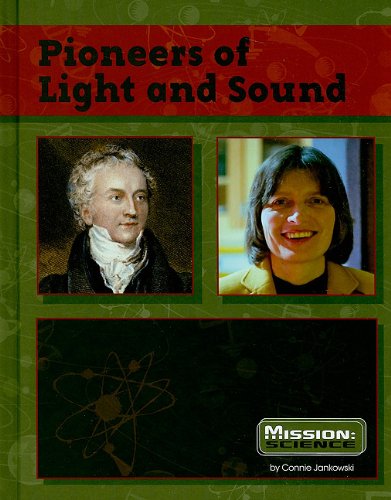 Y
Y
-
Cell Scientists: From Leeuwenhoek to Fuchs
Kimberly Fekany Lee
Library Binding (Compass Point Books, Sept. 1, 2008)When Robert Hooke looked through his microscope in the 1660s, he discovered cells, the basic unit of life. The cell scientists who followed have investigated the similarities and differences between plant cells and animal cells. They have studied how cells get energy, reproduce, and carry genetic information. Some cell scientists study stem cells, which hold promise for treating a variety of illnesses. For more information on cells and cell scientists, read Cells, another book in the Mission: Science series.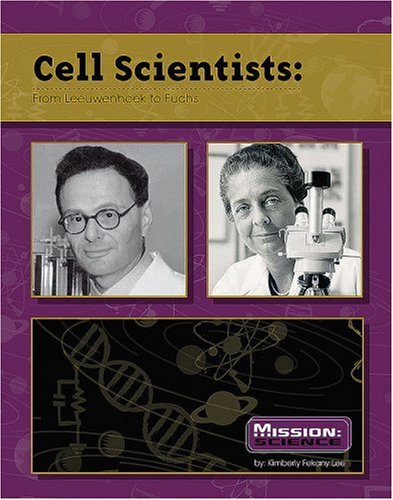 U
U
-
Skygazers: From Hypatia to Faber
Lisa E Greathouse
Library Binding (Compass Point Books, Jan. 1, 2009)Greathouse, Lisa E. T
T
-
Earth Scientists: From Mercator to Evans
Lynn Van Gorp
Library Binding (Compass Point Books, July 1, 2009)Van Gorp, Lynn U
U
-
Alfred Wegener: Pioneer of Plate Tectonics
Greg Young
Library Binding (Compass Point Books, July 1, 2009)German scientist Alfred Wegener was a balloonist, Arctic explorer, and meteorologist, but he is best known for pioneering the study of plate tectonics with his theory of continental drift. In looking at a map, Wegener recognized that the coastlines of several continents fit together like a jigsaw puzzle, leading him to believe that all the continents had once formed a single landmass. He proposed that the landmass split apart because of a force he called continental drift. His theory formed the basis for the modern study of plate tectonics. For more information, read Plate Tectonics, another book in the Mission: Science series.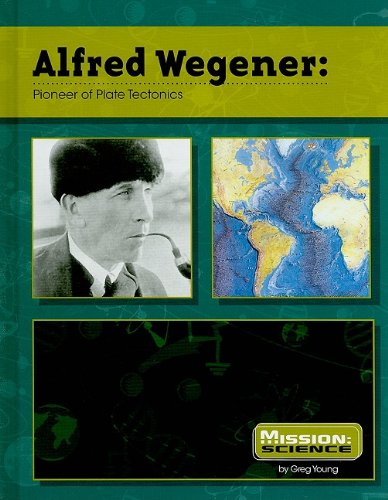 V
V